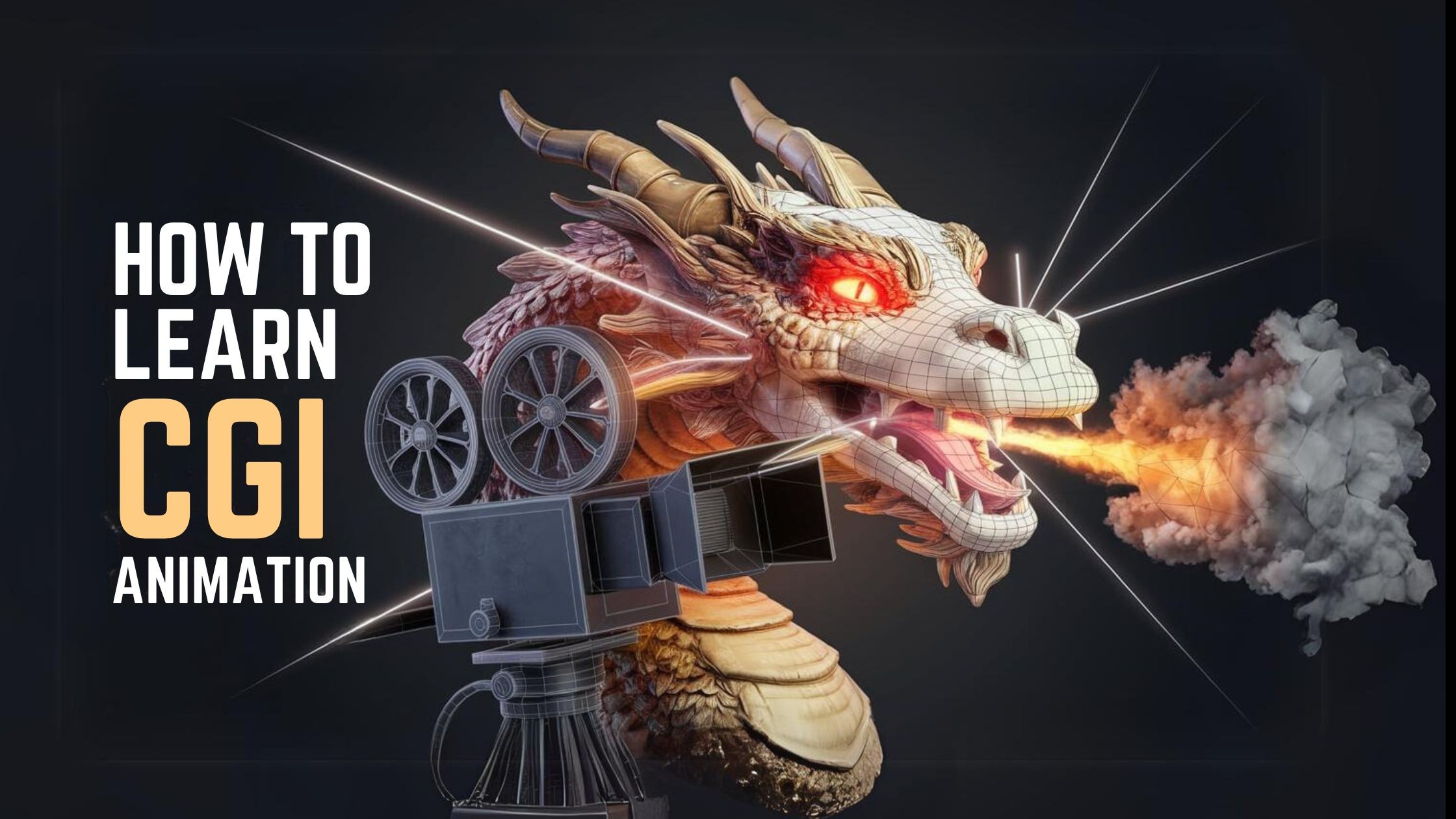CGI (Computer-Generated Imagery) animation powers the visual magic in movies, games, and advertising. From realistic characters to fantastical worlds, CGI brings imagination to life. Aspiring animators often wonder: How long does it take to master this intricate art form? This guide provides a realistic roadmap to learning CGI, outlining the necessary steps and resources.
 3D animation software interface
3D animation software interface
Understanding the CGI Learning Curve
Mastering CGI isn’t a sprint; it’s a marathon requiring dedication and persistent effort. While some grasp fundamentals quickly, achieving proficiency takes time. Several factors influence the learning duration:
- Prior Experience: A background in art, design, or even traditional animation can accelerate the learning process. Familiarity with visual principles provides a strong foundation.
- Learning Style: Some thrive in structured courses, while others prefer self-paced tutorials. Finding a learning method that aligns with your style is crucial.
- Time Commitment: Consistent daily practice yields faster results than sporadic efforts. Dedicating several hours each day accelerates progress.
- Complexity of Goals: Simple animations require less time to learn than complex character animation or visual effects. Start with foundational skills and gradually progress.
- Software Choice: Different software packages have varying learning curves. Blender, being free and open-source, is often recommended for beginners. Autodesk Maya, the industry standard, is more complex.
Key Stages in Learning CGI
The CGI learning journey involves several key stages, each building upon the previous one:
1. Foundational Principles of Animation
Before delving into software, understanding the 12 principles of animation is crucial. These principles, developed by Disney animators, govern movement and create believable animations. Concepts like squash and stretch, anticipation, and timing are essential regardless of the software used.
2. 3D Modeling
Learning to create 3D models is the next step. This involves sculpting virtual objects using software tools. Starting with basic shapes and progressing to complex characters and environments is key.
3. Texturing and Shading
Bringing models to life requires texturing and shading. Texturing adds surface details like color and patterns, while shading defines how light interacts with the model, creating realism.
4. Rigging
Rigging involves creating a virtual skeleton for the model, enabling movement and posing. This crucial step allows animators to control the model’s actions.
5. Animation
The final stage involves bringing the rigged model to life through animation. Keyframing, the process of setting key poses at specific frames, is a fundamental technique.
Resources for Learning CGI
Numerous resources are available for aspiring CGI artists:
- Online Courses: Platforms like Udemy, Coursera, and Skillshare offer structured CGI courses catering to different skill levels.
- Tutorials: YouTube channels dedicated to CGI provide valuable free tutorials covering specific software and techniques. Blender Guru is a popular choice for Blender users.
- Books: Classic animation books like “The Animator’s Survival Kit” provide timeless principles applicable to CGI. Software-specific guides also offer in-depth instruction.
- Community Forums: Online forums and communities provide platforms for connecting with other CGI artists, seeking feedback, and troubleshooting issues.
Realistic Time Expectations
While individual progress varies, a reasonable estimate for basic CGI proficiency is 6 months to a year with consistent daily practice. Mastering advanced techniques and specializing in areas like character animation or visual effects can take several years.
Conclusion: A Journey of Persistence and Passion
Learning CGI is a challenging but rewarding endeavor. While the timeline to mastery varies, consistent effort, utilizing available resources, and a genuine passion for animation are key ingredients for success. Embrace the journey, enjoy the learning process, and celebrate each milestone achieved.